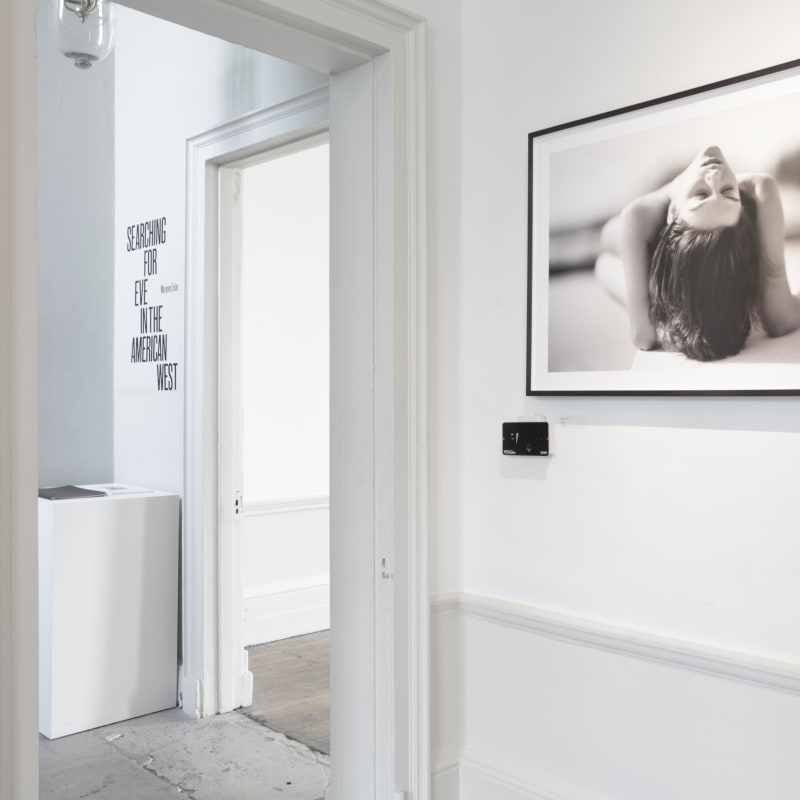A fascination with the American West has exercised a profound attraction for artists and photographers for over two centuries.
Ansel Adams’ work in particular is regarded as part of a tradition of Western American photography that began in the late nineteenth century and included the works of Carleton Watkins, Eadweard Muybridge and Edward Curtis; Curtis spent thirty years on an ambitious photo-anthropological exercise documenting eighty Native American tribes west of the Mississippi. Edward Weston also needs special mention for his unique American approach to modern photography, having dedicated a large part of his life to focusing on people and places of the American West. The Daybooks of Weston in particular have inspired me enormously, concentrating principally on the forms of the body rather than its sexuality. With such obsession has grown much fascination with the region’s spectacular nature and wilderness.
While working on a major book on American artists and their studios during 2012, I followed in the footsteps of the great Georgia O’Keeffe, experiencing first-hand a little of her journeying among the grand dinosaur-fossil-bearing New Mexico landscape, even visiting Ghost Ranch, her home and studio near Abiquiú. The experience with its memories of rugged cliffs and craggy pinnacles haunted me for the intervening years, alongside O’Keeffe’s own echoing words: ‘Such a beautiful untouched lonely feeling place, such a fine part of what I call “the Faraway” … It is a place I have painted before … even now I must do it again.’
And the light – oh what light!
I could not resist the urge to go back, and last summer I finally took the plunge. Not as a recorder of art history but more as an artist in search of the ultimate aesthetic adventure. Camera and lens in hand, I ventured forth to seek some spiritual urge of union with untouched and untroubled nature, always battling the elements of time in their transforming presence.
I spent days in the majestic, inhospitable New Mexican landscape, from the high desert to canyons, from plateaus to arroyos, once again experiencing that unique light and a little of Native America’s spirituality, born in the temperament of colourful legends – a unique visual and sensory feast to archive.
On returning home, I immersed myself in modern American poetry and found connections both to the images I’d taken as well as to the land that so inspired the journey. It was only then that I realised the purpose of my own poetic adventure: the search for Eve, my muse, somewhere between the majestic heavens and Mother Earth, standing atop the rocky inclines, as sensual and powerful as the monumental nature that had surrounded her.
Is this how she would possibly have been depicted, at the origin, in the bareness of essentials?
– Maryam Eisler, 2016




